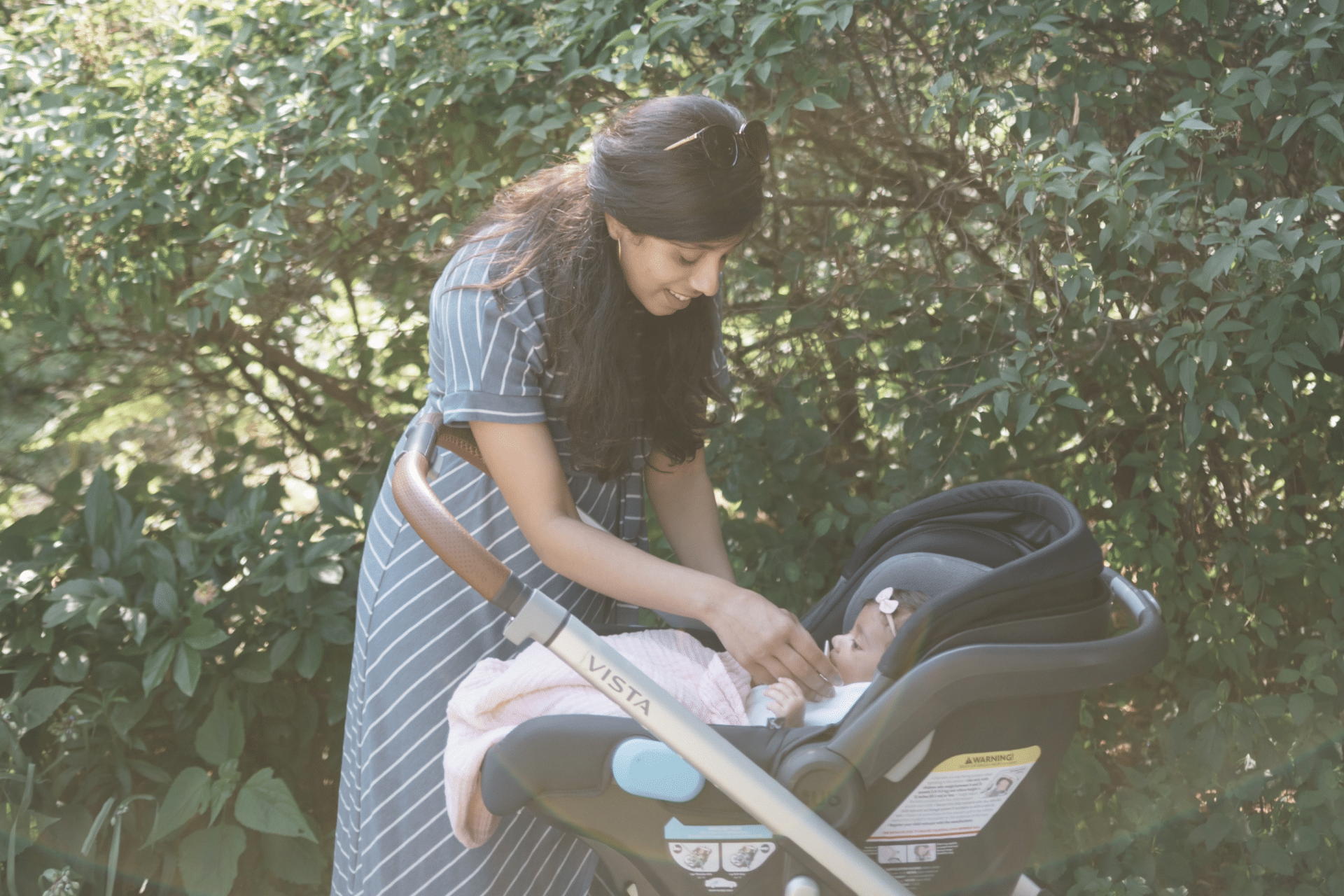Family Life
4 min Read
5 Simple Ways To Live More Sustainably

April 15, 2022
Family Life
4 min Read

April 15, 2022


Learning to live sustainably isn’t just an aesthetic choice with bamboo lids and metal straws (it can be, though). It’s a conscious lifestyle that, once you get the hang of, will feel really rewarding. It takes work and is an easier transition for some. I will be the first to admit that it pains me to waste anything. I sometimes feel guilty.
I turn the shower off when I’m shampooing and exfoliating. I never keep the water running while I lather my hands. I go to great lengths to keep things out of the trash and used for another purpose or by another person.
Perhaps it is an obsession—fuelled by my fear of what the world may be like when my daughter grows up. Now, more than ever, it seems like we have less and less time and so it has become common to take the route that will lead to the quickest end. Fast food, takeout and disposable everything.
We must strive not to become complacent. We need to remember that we may only be one person, but our actions will affect our families and our communities. Even if you use one less plastic bag or throw away one less piece of Styrofoam, you have made a difference.
Here are some of my favourite ways to minimize my environmental impact (and consumer guilt):
Most of the time, our food has travelled thousands of miles and crossed continents to reach us. We can minimize our carbon footprint and keep our community thriving by buying local.
Start by frequenting local farmers markets. Next, try shopping and dining locally.
Finally, when grocery shopping, try buying food that has come from as nearby as possible. There is no reason to buy apples from New Zealand, when there are plenty of juicy ones from British Columbia. If you are looking for a simple way to buy local produce, Google food boxes in your area.
This is an easy transition. Purchase a handful of cloth bags and keep some in your front hall closet and some in your car or purse. I use cloth bags everywhere I go—the grocery store, farmers market, drugstore and mall.
It’s simple and easy and this way your groceries and other items are less likely to cause the bags to break, which can turn into a giant headache.
Buy a high-quality travel mug for your morning stop at Tim’s or Starbucks. Purchase a stainless steel water bottle and fill it each morning before you leave for the day.
Not only will this minimize the amount of plastic bottles that end up in the landfill, but it will help you drink more water throughout the day.
Plastic certainly has its benefits in our society today, but its impact on our health and environment is questionable at best. Plastic is made from petrochemicals, products derived from petroleum. BPA and other chemical compounds commonly found in plastic can be hazardous to our health and the health of our children.
Begin by looking around your home. What are some plastic products that can be replaced with something long-lasting and reusable? We recently replaced all of our plastic Tupperware with glass – plastics in and around food scare me the most.
Try buying foods that come in glass containers or buy bulk foods, like pasta, nuts and beans, and store them in glass containers.
This is one of my favourites. Before you throw something away or put it in the recycling, stop and think for a moment. If the item is in good shape or is quality material, like wood or glass, try reimagining it. What new purpose could the item have? Turn wine bottles and other glass containers into unique vases or places to store smaller items, like craft supplies.
An empty canning jar can hold your child’s hair elastics and a pasta sauce jar can become storage for bulk pasta or a place to keep Q-tips and cotton balls. The opportunities are endless.
Remember to be realistic. Start small. Be mindful of what you consume and throw away. Even a small change can make a big impact.
Originally published in February 2013.